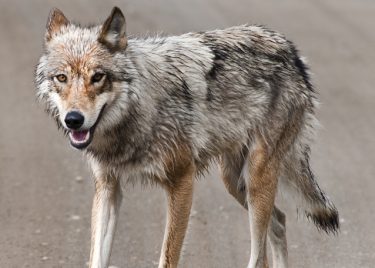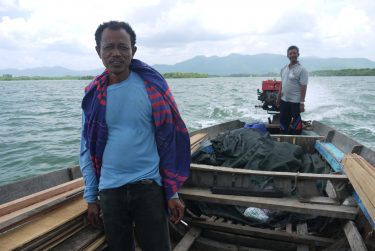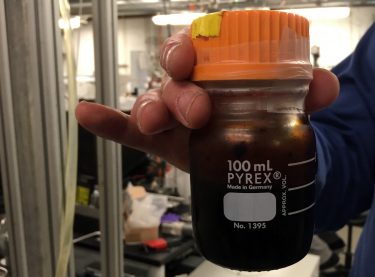
A study appearing May 23 in Nature Communications finds that wolves and other top predators need large ranges to be able to control smaller predators whose populations have expanded to the detriment of a balanced ecosystem.
The paper analyzed relationships between top predators on three different continents and the next-in-line predators they eat and compete with. The results were similar across continents, showing that as top predators’ ranges were cut back and fragmented, they were no longer able to control smaller predators.
“Our paper suggests it will require managing for top predator persistence across large landscapes, rather than just in protected areas, in order to restore natural predator-predator interactions,” said co-author Aaron Wirsing, an associate professor at UW’s School of Environmental and Forest Sciences.
Gray wolves historically lived across vast swaths of North America, particularly in the western states and Canadian provinces. Coyotes, a smaller predator kept in check by wolves, appear to have been scarce in areas once dominated by wolves. As human development shrank territories for wolves, however, the wolf populations became fragmented and wolves no longer had the numbers or space to control coyotes, whose populations in turn grew.
Read more at UW Today »










